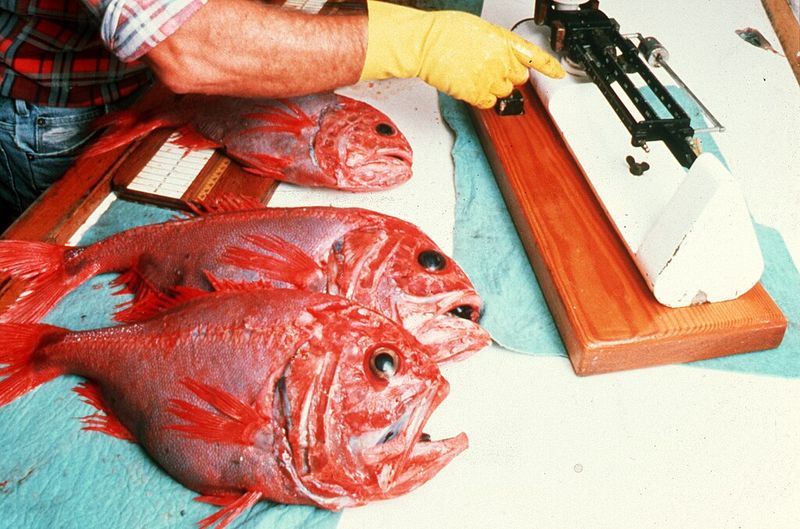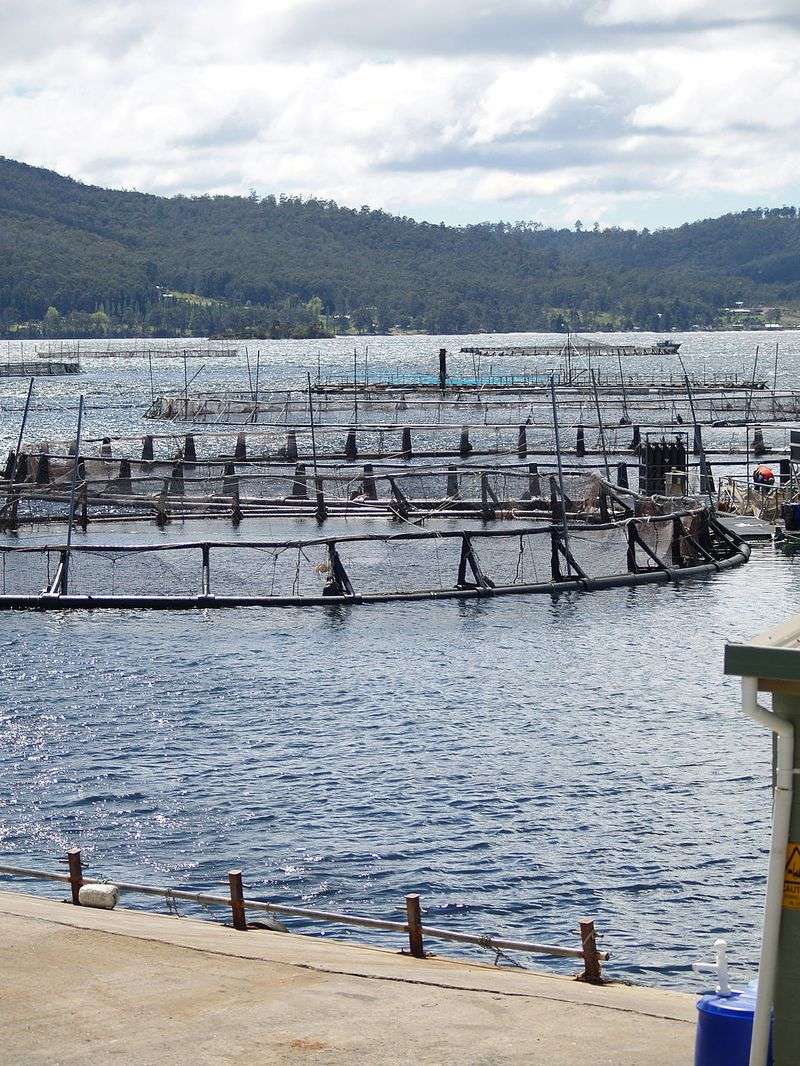14 Seafoods To Consider Carefully Before You Eat
Seafood can be delicious and nutritious, but not all fish are created equal. Some contain high levels of mercury, others face overfishing concerns, and a few can even make you sick if not prepared correctly.
Before you order that fancy fish dish or grab something from the seafood counter, check out these 14 options that deserve a second thought.
Disclaimer:
Information in this article is intended for general awareness and educational purposes only. Seafood safety, mercury levels, and sustainability practices may vary by region and supplier. Readers should consult official health guidelines or a qualified medical professional for personalized dietary advice before making seafood consumption decisions.
1. King Mackerel
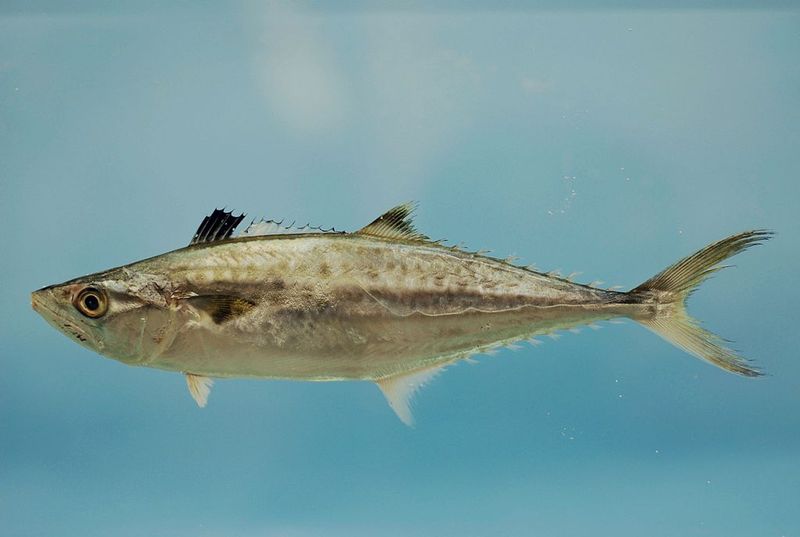
Mercury levels in King Mackerel can reach seriously high amounts, making this fish a risky choice for pregnant women and kids. Bigger fish that live longer tend to accumulate more mercury in their flesh.
If you love mackerel, try Atlantic or Spanish varieties instead, which contain far less mercury and taste just as good on your plate.
2. Great Northern Tilefish
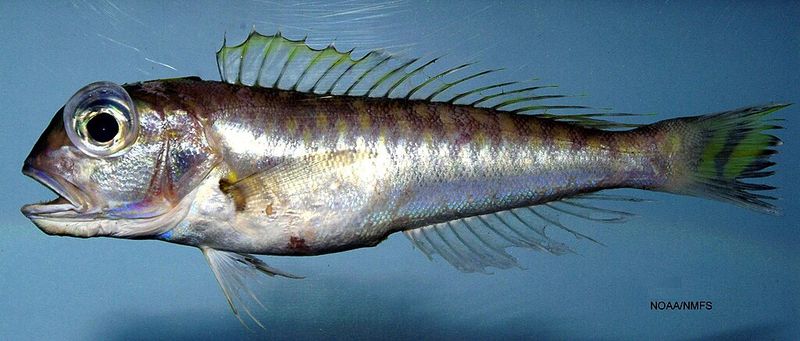
Living deep in the ocean sounds cool until you realize those depths concentrate mercury like a toxic treasure chest. Tilefish from the Gulf of Mexico are especially problematic.
The FDA recommends avoiding this fish entirely if you’re expecting a baby or feeding young children. Other white fish like cod or haddock make safer substitutes with similar mild flavors.
3. Swordfish
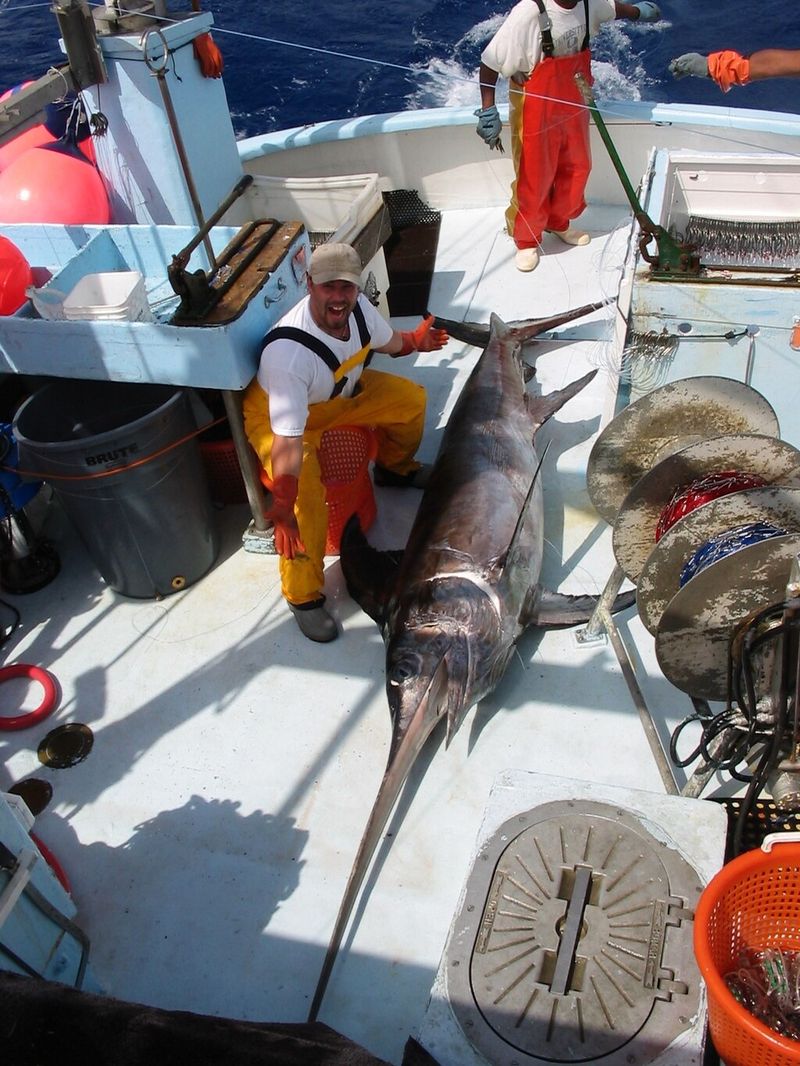
That epic sword-shaped bill might look like something from a superhero movie, but swordfish pack mercury levels that are anything but heroic. These apex predators eat tons of smaller fish, concentrating toxins as they grow.
Though delicious when grilled, limit your swordfish meals to once a month maximum, especially for vulnerable groups.
4. Shortfin Mako Shark
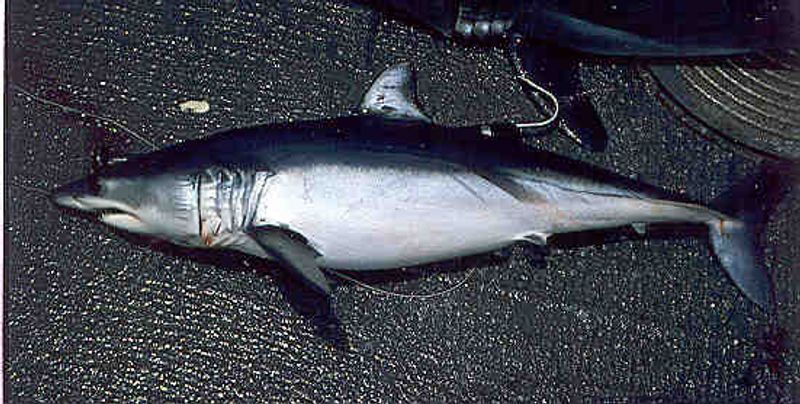
Sharks sit at the top of the ocean food chain, which means they collect mercury like Pokemon cards. Mako shark meat contains some of the highest mercury levels found in any seafood.
Beyond health concerns, many shark populations face serious overfishing threats. Choosing other fish helps protect these incredible ocean predators from disappearing forever.
5. Atlantic Bluefin Tuna
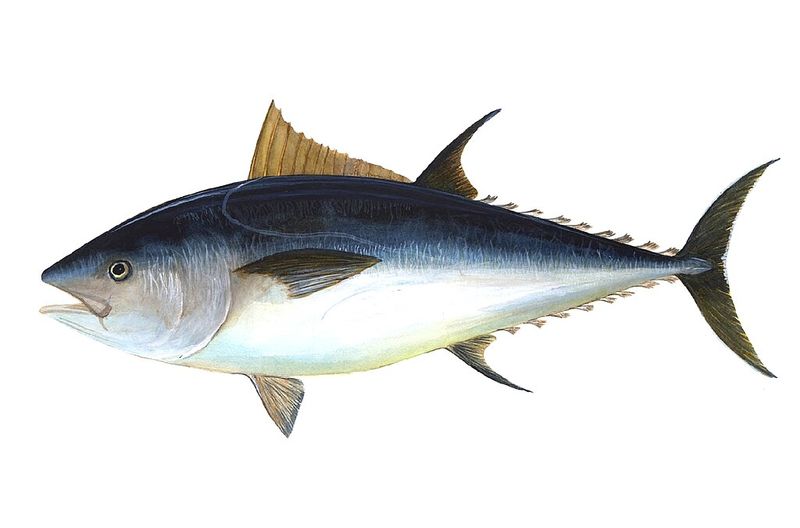
Sushi lovers might cry hearing this, but Bluefin tuna populations have crashed due to overfishing. These magnificent fish can weigh over 1,000 pounds and live for decades, making them slow to recover.
Mercury content runs high too. If you crave tuna, skipjack or albacore from well-managed fisheries offer better environmental and health choices for your next poke bowl.
6. Bigeye Tuna
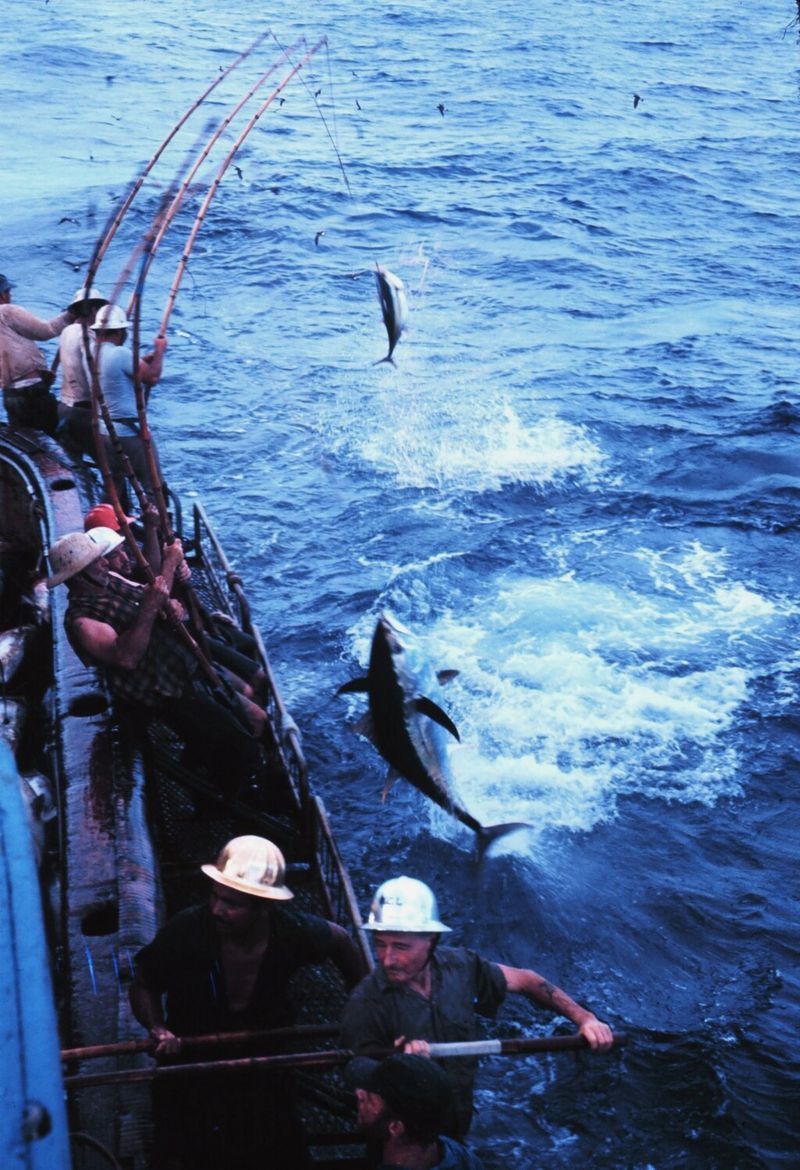
Those big eyes might look cute, but Bigeye tuna carry mercury levels that should make you look twice before ordering. Found in sushi restaurants worldwide, this species faces overfishing in several oceans.
However, some fisheries manage Bigeye populations responsibly. Check for sustainability certifications when buying, and consider rotating different seafood types instead of eating tuna constantly.
7. Atlantic Blue Marlin
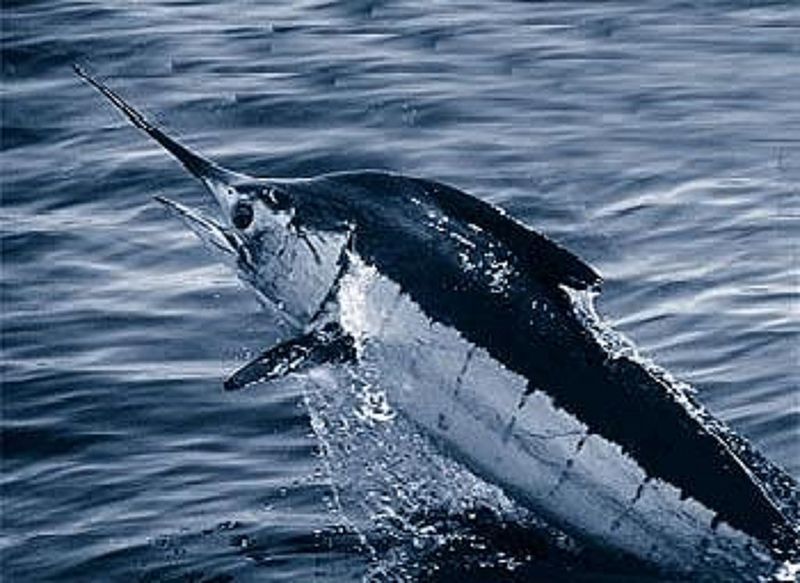
Catching a marlin makes for amazing fishing stories and epic photos, but eating one? That’s a different tale. Mercury concentrations in marlin tissue rank among the highest in the sea.
These spectacular fish also face population declines from sport fishing and commercial bycatch. Admire them in documentaries instead of on your dinner plate for everyone’s benefit.
8. Orange Roughy
Here’s a wild fact: Orange Roughy can live over 100 years! Unfortunately, that long lifespan means populations recover incredibly slowly from fishing pressure.
These deep-sea dwellers were fished heavily in the 1980s and 1990s, crashing stocks worldwide. Though some fisheries have improved, many experts recommend avoiding Orange Roughy entirely to help populations rebuild properly.
9. Escolar
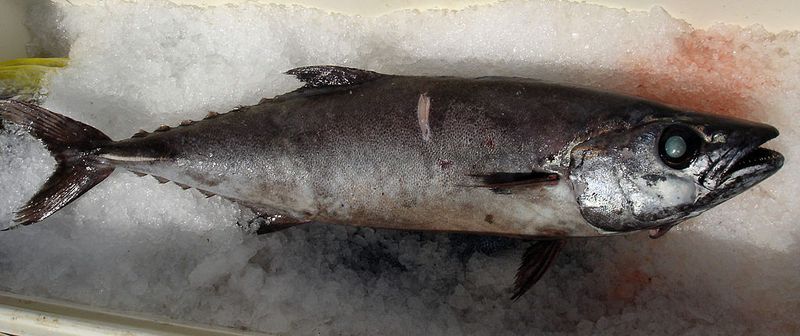
Sometimes called white tuna or butterfish, Escolar contains a waxy oil that your body absolutely cannot digest properly. Eating too much causes digestive distress so unpleasant that several countries have banned its sale.
Restaurants sometimes substitute Escolar for more expensive fish. If your white tuna tastes unusually buttery or oily, you might want to stop eating and ask questions.
10. Japanese Pufferfish (Fugu)
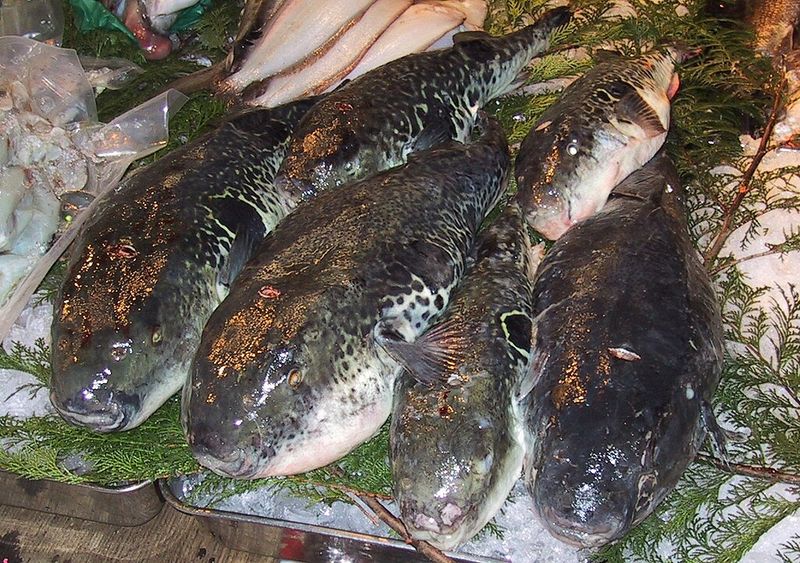
If your food requires a specially licensed chef to avoid killing you, maybe reconsider that menu choice. Fugu contains tetrodotoxin, a poison 1,200 times deadlier than cyanide, concentrated in certain organs.
Only highly trained Japanese chefs can legally prepare fugu after years of training. Even then, several people die annually from improper preparation. Adventure has limits, folks.
11. Patagonian Toothfish (Chilean Sea Bass)
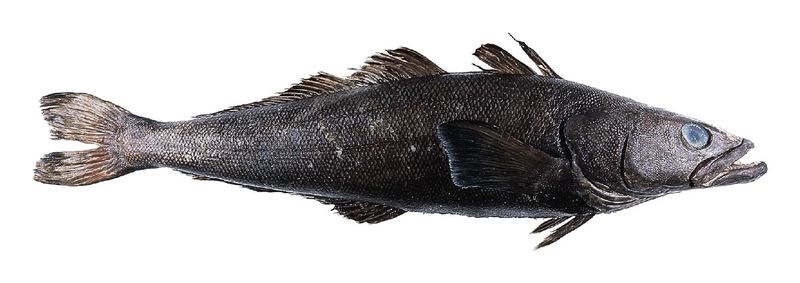
Marketing genius renamed this fish from toothfish to Chilean Sea Bass, making it sound way more appetizing. However, illegal fishing and slow reproduction rates have hammered wild populations hard.
Though some certified sustainable fisheries exist, many restaurants still serve illegally caught fish. Ask about sourcing before ordering, or choose other flaky white fish like Pacific cod instead.
12. Whiteleg Shrimp
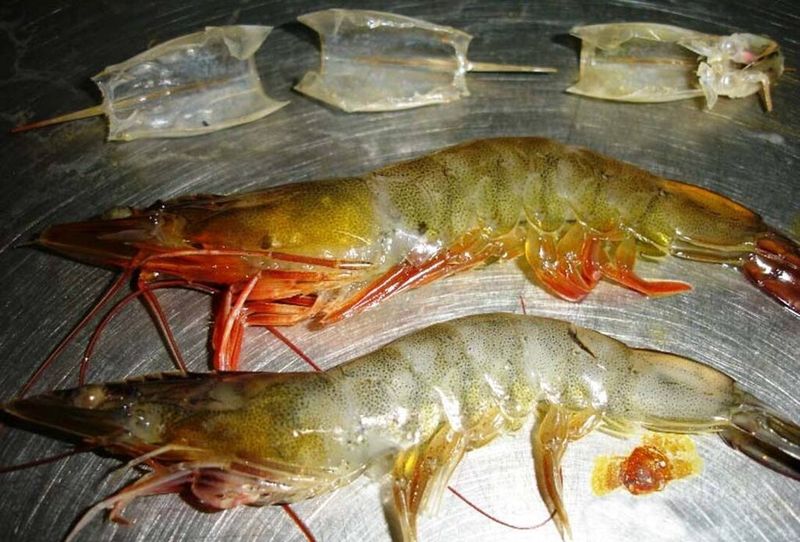
Farmed shrimp operations, especially in Southeast Asia, sometimes destroy coastal mangrove forests and pollute local waters with chemicals and waste. Workers in some facilities face exploitation and unsafe conditions.
Wild-caught shrimp can damage ocean floors through trawling methods. Look for certifications like Best Aquaculture Practices or Marine Stewardship Council when buying shrimp for better environmental choices.
13. Farmed Atlantic Salmon
Salmon farms can spread diseases and parasites to wild populations swimming nearby. Escaped farmed salmon sometimes breed with wild fish, weakening genetic diversity that took thousands of years to develop.
However, not all salmon farms are created equal. Look for certifications from responsible aquaculture programs, or choose wild-caught Alaskan salmon when possible for better environmental impact.
14. Great Barracuda
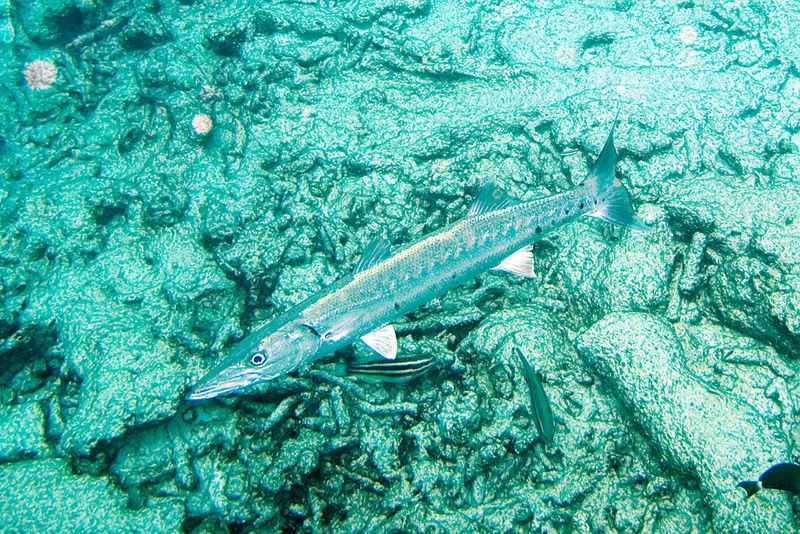
Those razor-sharp teeth and torpedo-shaped body make barracuda look seriously intimidating, and eating them can be risky too. Large barracuda sometimes carry ciguatera toxin from eating reef fish in tropical waters.
Ciguatera poisoning causes neurological symptoms that can last months or even years. Smaller barracuda are generally safer, but many experts suggest avoiding them entirely in areas where ciguatera is common.

